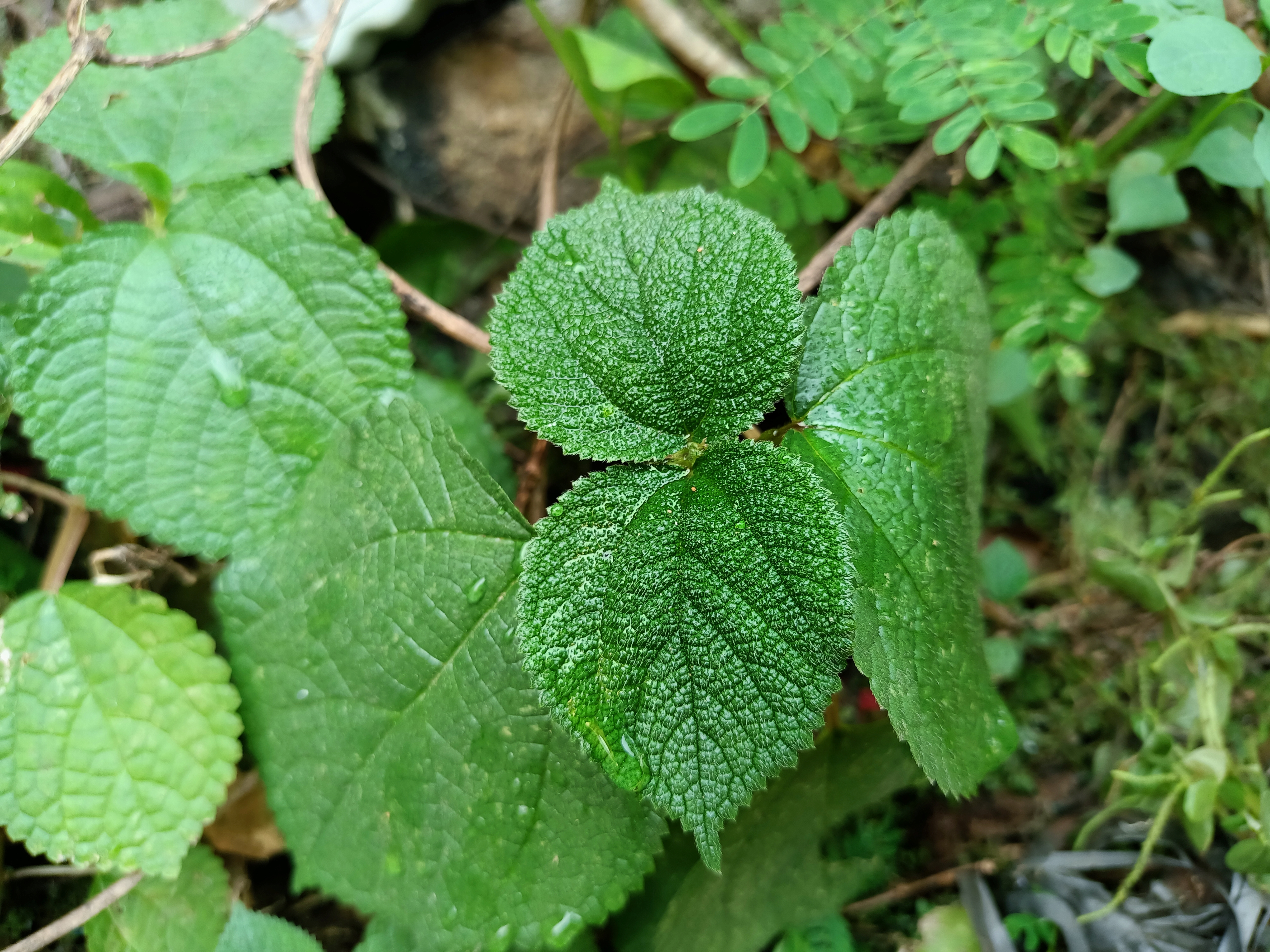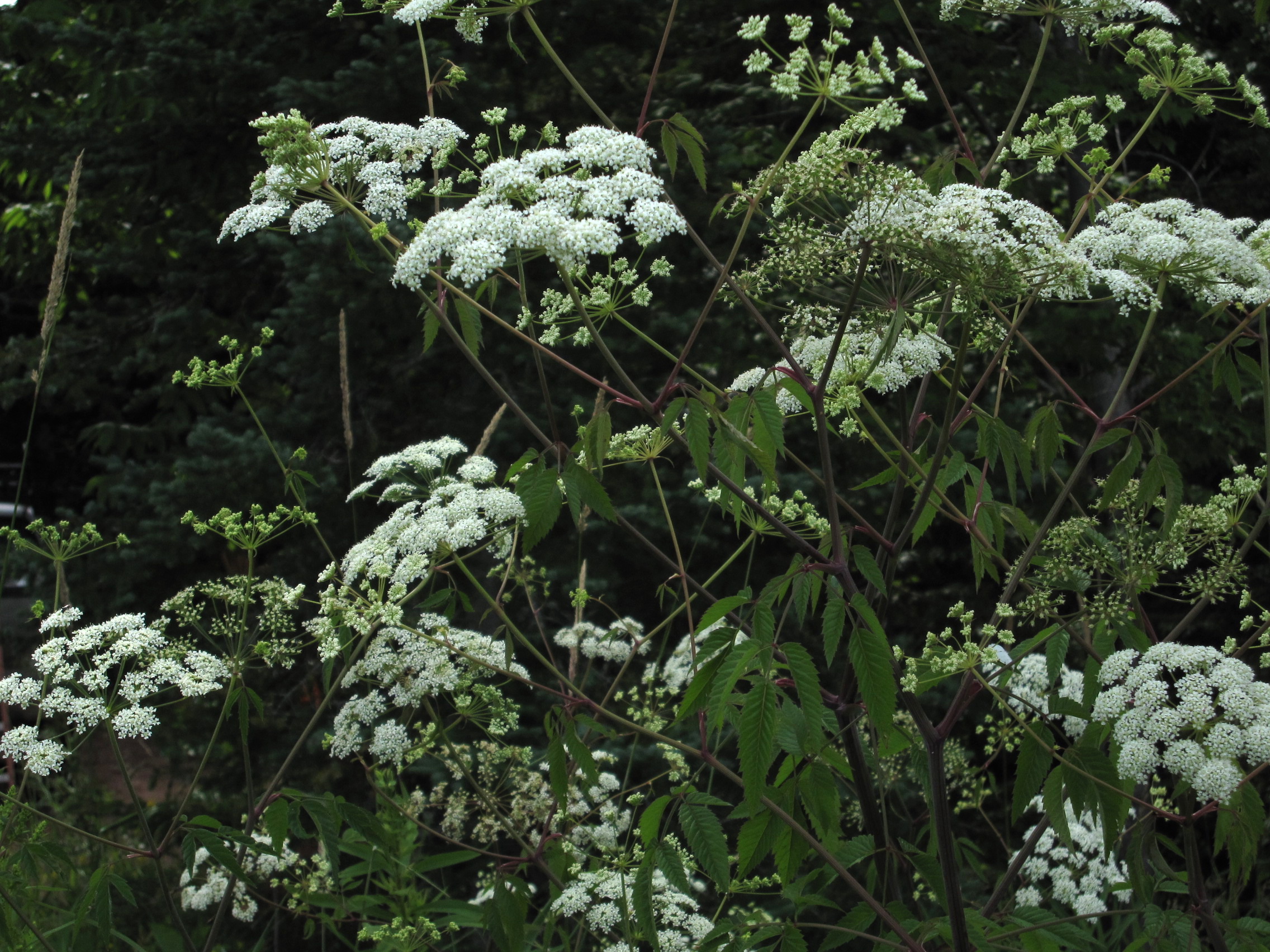While the violent plant life of Day of the Triffids is thankfully fictional, that doesn’t mean that you’re entirely safe from our planet’s flora. Certain plants are packed with toxins and best believe that means you don’t want them touching you – whether that means your hands or your insides.
Deadly nightshade
ADVERTISEMENT GO AD FREE
This wouldn’t be a decent list if we didn’t begin with the absolute biggest baddie of toxic plants, one with a backstory that includes tales of witchcraft and the death of Shakespeare’s most famous tragic couple. We are, of course, talking about deadly nightshade. Its scientific name is Atropa belladonna, the latter meaning “beautiful woman” – although this plant’s effects are far from pretty.
You might have heard that all parts of this plant, including those deceptively delicious-looking berries, are poisonous when ingested, but did you know its toxic effects can begin simply at the point of you touching it?
According to the US Forest Service, deadly nightshade’s toxins – which include the compounds hyoscine and atropine – can not only cause severe dermatitis (think skin swelling, itching, or even blistering and oozing), but also be absorbed through the skin.
Things become even more grim when A. belladonna is ingested. Symptoms can range from blurred vision and headaches to hallucinations and convulsions, and even in small amounts, deadly nightshade can be fatal. Like we said, not very “bella” at all.
Gympie gympie
Unless you fancy being in debilitating pain for months on end, it’s advisable not to touch Dendrocnide moroides, known as the stinging tree (even though it’s a shrub) or gympie gympie.
Native to Australia, this plant looks rather unsuspecting; in fact, to the untrained eye, it’d be easy to mistake it for a regular stinging nettle.

Leaf this plant well alone.
Image credit: GMY Timezone/Shutterstock.com
But there’s a reason why some call this the world’s most painful plant. It’s covered in tiny hairs that can pierce the skin – and they also carry a neurotoxin that doesn’t break down over time, or from the cold or heat. As a result, the intense pain that it causes can last for months. The neurotoxin can also cause a severe allergic reaction, known as anaphylactic shock.
If that isn’t enough to put you off touching gympie gympie, here’s a first-person account from environmental scientist Les Moore, who told Australian Geographic he looked like “Mr Potato Head” after coming into contact with the plant.
“I think I went into anaphylactic shock and it took days for my sight to recover,” said Moore. “Within minutes the initial stinging and burning intensified and the pain in my eyes was like someone had poured acid on them. My mouth and tongue swelled up so much that I had trouble breathing. It was debilitating and I had to blunder my way out of the bush.”
Water hemlocks
“Hemlock”, which you may have heard of as a poisonous plant, can actually refer to a number of plants, including the four species of water hemlock (belonging to the genus Cicuta) that can be found in North America. According to the US Fish and Wildlife Service, however, spotted water hemlock (Cicuta maculata) is “often called the most deadly plant in North America”.

Unfortunately, spotted water hemlock looks pretty similar to some other non-toxic plants.
Like deadly nightshade, all parts of these four plants can be considered highly poisonous, as they contain a number of toxic compounds, including cicutoxin. This neurotoxin can be rapidly absorbed through the skin as well as the gut and goes on to target receptors in the brain, causing symptoms such as vomiting, convulsions, and seizures.
If left untreated, poisonings with water hemlocks can quickly lead to death once symptoms begin, often becoming fatal two to three hours later.
Source Link: The Most Toxic Plants You Should Never Touch